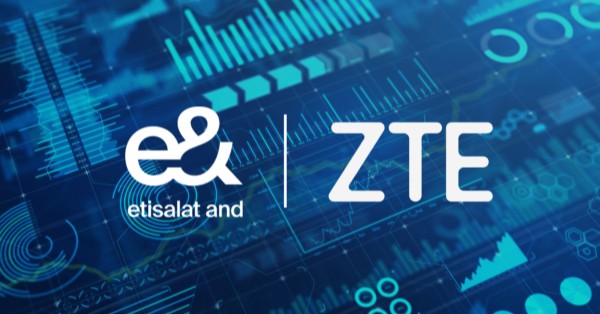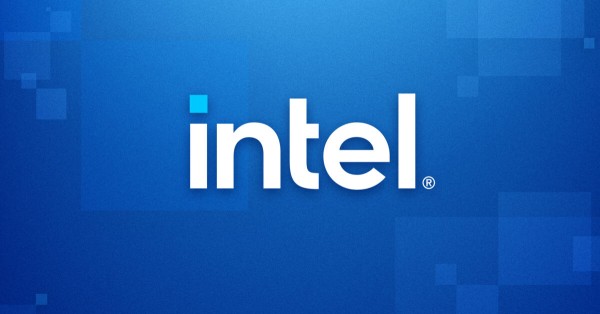ZTE and e& UAE’s Breakthrough Private 5G Trial
ZTE and e& UAE (formerly Etisalat) have completed a landmark Private 5G Network Proof-of-Concept (PoC) trial, paving the way for next-generation enterprise solutions across the UAE. The successful trial demonstrates how advanced 5G capabilities can empower industries to meet rising demands for secure, high-speed, and ultra-reliable connectivity.
Key Challenges in UAE Enterprise Connectivity
Many UAE enterprises face hurdles when expanding digital infrastructure:
- Heavy reliance on legacy networks that struggle with real-time data needs.
- Lengthy deployment timelines that delay service activation.
- Complex configurations that require specialized technical teams.
These barriers slow down digital transformation efforts and prevent industries from harnessing smart solutions at scale.
How ZTE and e& UAE Solve Enterprise 5G Challenges
ZTE and e& UAE’s PoC addresses these pain points head-on. The trial validated an agile Private 5G framework using ZTE’s NodeEngine Edge Computing platform. This plug-and-play solution simplifies deployment—setting up a private network in under an hour with minimal manual configuration.
By leveraging multi-band frequencies (26GHz, 4.9GHz, 700MHz), the solution provides flexibility to match different use cases, from dense industrial hubs to wide-area smart facilities.
Trial Results: Uplink Speed and Edge Performance
Key highlights from the trial include:
- Record Uplink Speeds: Single-cell uplink throughput peaked at 2.04 Gbps. This level of bandwidth is ideal for high-definition CCTV, real-time analytics, and mission-critical uploads.
- Multi-Band Adaptability: Demonstrated robust performance across mmWave, mid-band, and low-band spectrum—proof that enterprises can tailor connectivity to specific site requirements.
- Plug-and-Play Setup: NodeEngine drastically cut setup time to under 60 minutes, bypassing the need for complex core network configurations.
These results confirm that ZTE’s private network architecture is not only technically sound but also highly practical for real-world deployment.
Private 5G, Edge Computing, and Multi-Band Flexibility
The PoC trial integrated best-in-class technologies:
- Standalone 5G: Delivers dedicated resources for secure, interference-free operations.
- ZTE’s NodeEngine Edge Computing: Processes data closer to where it’s generated, enabling ultra-low latency applications.
- Multi-band Spectrum: Ensures flexible coverage and capacity, suitable for diverse environments like smart cities and industrial parks.
This combination empowers businesses to adopt high-performance connectivity without overhauling their existing IT ecosystems.
Key Benefits of Private 5G for UAE Enterprises
The demonstrated benefits are significant:
- Rapid Deployment: Enterprises can go live in record time, minimizing downtime and disruptions.
- Improved Uplink: High-speed uploads support advanced use cases such as AI surveillance, remote inspections, and video conferencing.
- Scalability: Companies can start small and expand coverage as needs grow, making it cost-effective.
- Enhanced Security: Private 5G Networks offer isolated data channels, reducing the risk of breaches.
These advantages directly translate to increased productivity, operational resilience, and a stronger competitive edge for UAE industries.
Impact of Private 5G Networks on Smart Industries
This trial signals a major leap for sectors across the UAE, including:
- Smart Ports and Logistics: Enabling real-time tracking and autonomous equipment operations.
- Industrial Parks: Supporting IoT-enabled automation and predictive maintenance.
- Healthcare: Powering remote diagnostics, high-resolution imaging, and telemedicine.
- Smart Airports: Boosting surveillance, passenger flow management, and real-time baggage tracking.
This aligns perfectly with the UAE’s strategic goal to be a regional leader in digital innovation.
ZTE and e& UAE’s Roles in Private 5G Success
ZTE contributed its advanced network expertise and proprietary NodeEngine platform, while e& UAE leveraged its local infrastructure and enterprise customer relationships. Together, they formed a powerful partnership to fast-track 5G adoption for businesses of all sizes.
How ZTE and e& UAE Drive Co-Innovation
ZTE delivered the technical backbone and ensured the solution could handle multi-site and multi-technology requirements. e& UAE provided deep market insights, ensuring the solution fits seamlessly into existing enterprise IT frameworks. Their synergy sets a benchmark for future co-innovation in the region.
Next Steps After the Private 5G Trial
With the PoC successfully concluded, both companies plan to commercialize the solution for widespread enterprise adoption. They aim to roll out pilot projects with strategic industry players to fine-tune service models and support large-scale deployments.
- Q2 2025: PoC completion with verified performance metrics.
- Q3 2025: Identify early adopter industries (e.g., smart ports, industrial parks).
- Q4 2025: Begin commercial pilot rollouts with key enterprise clients.
- 2026: Scale the solution nationwide and expand to regional markets.
Endorsements for Private 5G Networks
Enterprise analysts, including Omdia, project robust growth for the MEA private network market—from $246 million in 2024 to $679 million by 2029. Notably, 61% of surveyed enterprises already report tangible gains in efficiency from private networks.
Industry leaders like Abdulrahman Al Humaidan (e& UAE) and Amer Atallah (ZTE) affirm that this trial is a solid step towards a smarter, more connected UAE.
Future of Enterprise 5G Connectivity in the UAE
ZTE and e& UAE’s successful Private 5G Network trial is more than a technical showcase—it’s a blueprint for how flexible, high-speed connectivity can transform industries and accelerate the UAE’s digital economy.

































